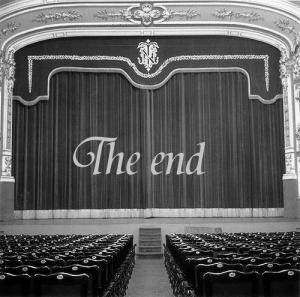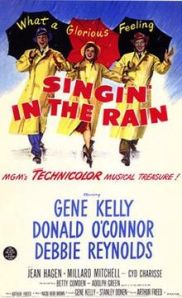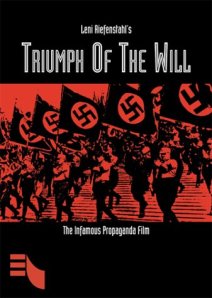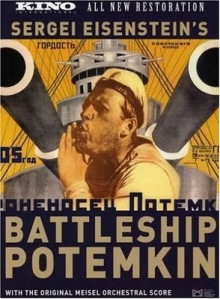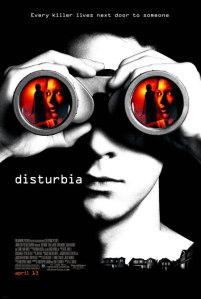 vs
vs 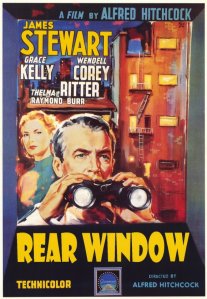
Voyeurism is the act of observing people’s lives and contrary to popular beliefs, is not always about sexual pleasure (Berardinelli). As much we don’t like admitting it, watching a movie itself makes us a voyeur as we peep into the lives of the characters that are portrayed on the screen without them noticing it! Many movies have been made through these years on the issue of voyeurism but two movies under the suspense thriller genre that have greatly caught my attention are Rear Window by Alfred Hitchcock and Disturbia by D.J. Caruso. Many have complained that Disturbia was a rip-off of Rear Window and even a lawsuit was filed against the makers of Disturbia on September 5, 2008 (Wikipedia). Personally to me, despite some similarities, both movies have their individual distinctiveness. Now, I am going to compare and contrast both movies in order to prove my stand that both movies are different.
To start off, let’s compare the hero of both movies. Even though both main actors were confined to their homes, the circumstances that led to their confinement were very different. In Rear Window, L.B.Jeffries a professional photographer had broken his leg during a dangerous job assignment and hence, he had to rest in his Greenwich apartment. Whereas, in Disturbia, Kale Brecht was put under house arrest for three months as he had punched his Spanish teacher in high school. It is also interesting to note that Jeffries was not as mobile Kale because Kale could move around easily within a 30m radius of his house while Jeffries had a cast on his left leg and could move about only with the help of his wheelchair.
Moving on, we are going to compare both the heroines. In Rear Window, the relationship of Jeffries with Lisa Fremont was already well-established and in fact, they were going through some rough times while in Disturbia, Kale meets Ashley Carlson for the first time when she newly moves into his neighborhood. In both movies, the heroines were subjected to “the male gaze” which according to the feminist theory, women’s prime function in a movie is to provide pleasure for heterosexual man (Buono). This can be seen when the camera gives us the full-body shot of Lisa Fremont’s figure most of the time or even Ashley when she wears a bikini to swim. Due to the Hays code implementation during the time of the Rear Window’s production, excessive skin can’t be shown; hence Lisa often wore clothes that emphasized her cleavage or gowns made out of see-through material which teases the male audience. Meanwhile, in Disturbia, Ashley freely flaunts her lanky figurine for the pleasure of male audiences and whenever Kale uses his binoculars to see her swim, we as the audiences are put into his shoes and when Ashley realizes that Kale is spying on her, we ourselves are found guilty of being a Peeping Tom! This definitely fulfills the criterion of the “male gaze” where the male audience identifies with the protagonist and places himself in the Point of View of the hero (Buono).
Next, in Rear Window, we are straightaway shown the array of interesting neighbors that Jefferies could see from the his apartment’s window which includes an aspiring dancer whom he names Miss Torso, a couple owning a dog, Miss Lonelyhearts who is unlucky with love, the Songwriter, the Newlywed couple and most importantly, Lars Thorwald, the man whom Jefferies suspects that killed his own wife. On the other hand, in Disturbia, we are brought through a series of flashback that involves fishing, car accident, a fight in school and finally, the courtroom scene that leaves the protagonist in the state of house arrest. Only then, when Kale gets bored of his unproductive daily lifestyle, he starts using his binoculars to spy on his neighbors. To me, the only two memorable people that Kale spies on are Ashley, his love interest and Robert Turner, his neighbor who lives across the street whom he suspects to be a serial killer that targets only red heads.
This is because; only these two characters are the main concern of Disturbia whereas in Rear Window, all the neighbors and even animal have important roles or are rather significant throughout the entire film. To illustrate, the dog that was killed in Rear Window, was proven crucial in proving that Lars was a killer as the dog “knew too much”. The neighbors also provide a theory of the course of Jeffries and his fiancée; Lisa’s relationship (Wikipedia). Take for example, the initially lovey-dovey newlywed couple whom we see spending their time only in bedroom, by the end of the movie whose relationship deteriorates provides us a flashback of Jeffries and Lisa’s past. Next, Lars and his wife whom are always arguing are the direct mirror image of Jeffries and Lisa current relationship status as Jeffries always complains that Lisa is “just too perfect”. Meanwhile, the future could be both Lisa and Jeffries turn out to lead such uneventful lives like the boring couple with the dog or either end up being broken-hearted like Miss Lonelyhearts or even be like Miss Torso whom earlier leads a happy-go-lucky life but eventually finds true love in her soldier boyfriend.
Lastly, let’s compare the mise-en-scene of Disturbia and Rear Window. In Rear Window, since the entire movie was shot in a studio set, Jeffries was seen spending his entire time in his apartment and all he could see was the rear windows of his neighbors’. Whereas, in Disturbia, since the movie was shot in a real suburb area, Kale could be seen moving around in his huge house and we as audience could see him spying on the entire street in his neighborhood, thus giving the movie a wider space to focus on. As for the costumes, Jeffries is seen wearing pale colored pajamas throughout the entire course of the film meanwhile Kale wears colorful teen clothing. Too add on, in Disturbia, we see many high-tech gadgets like an “IPod”, “iMac” and “iTunes”, like as if Apple has paid the director to promote its products as opposed to Rear Window where the only gadget that we see is the 35mm Exakta Varex VX camera (Wikipedia). In addition, the sound in Rear Window was entirely diagetic arising from only the normal life characters all through the film. On the contrary, in Disturbia, it was mostly non-diagetic and this proven as the movie has a list of soundtracks and background scores.
All in all, it’s well-proven that Disturbia and Rear Window are two rather different films altogether. As a matter of fact, I think it’s offensive to even think that Disturbia as being the same with Rear Window because both Hitchcock and Caruso have brought us into two different worlds that they have envisioned and displayed them beautifully on the silver screen!
References:
1. Berardinelli, James. Review: Rear Window. 2000. 18 July 2011 <http://www.reelviews.net/movies/r/rear_window.html>.
2. Buono, Reynold John. Feminist Theory: The Male Gaze. 18 July 2011 <http://adprosebud.wordpress.com/2011/06/15/feminist-theory- the-male-gaze/>.
3. Disturbia. 18 July 2011 <http://en.wikipedia.org/wiki/Disturbia_%28film%29>.
4. Rear Window. 18 July 2011 <http://en.wikipedia.org/wiki/Rear_Window>.

